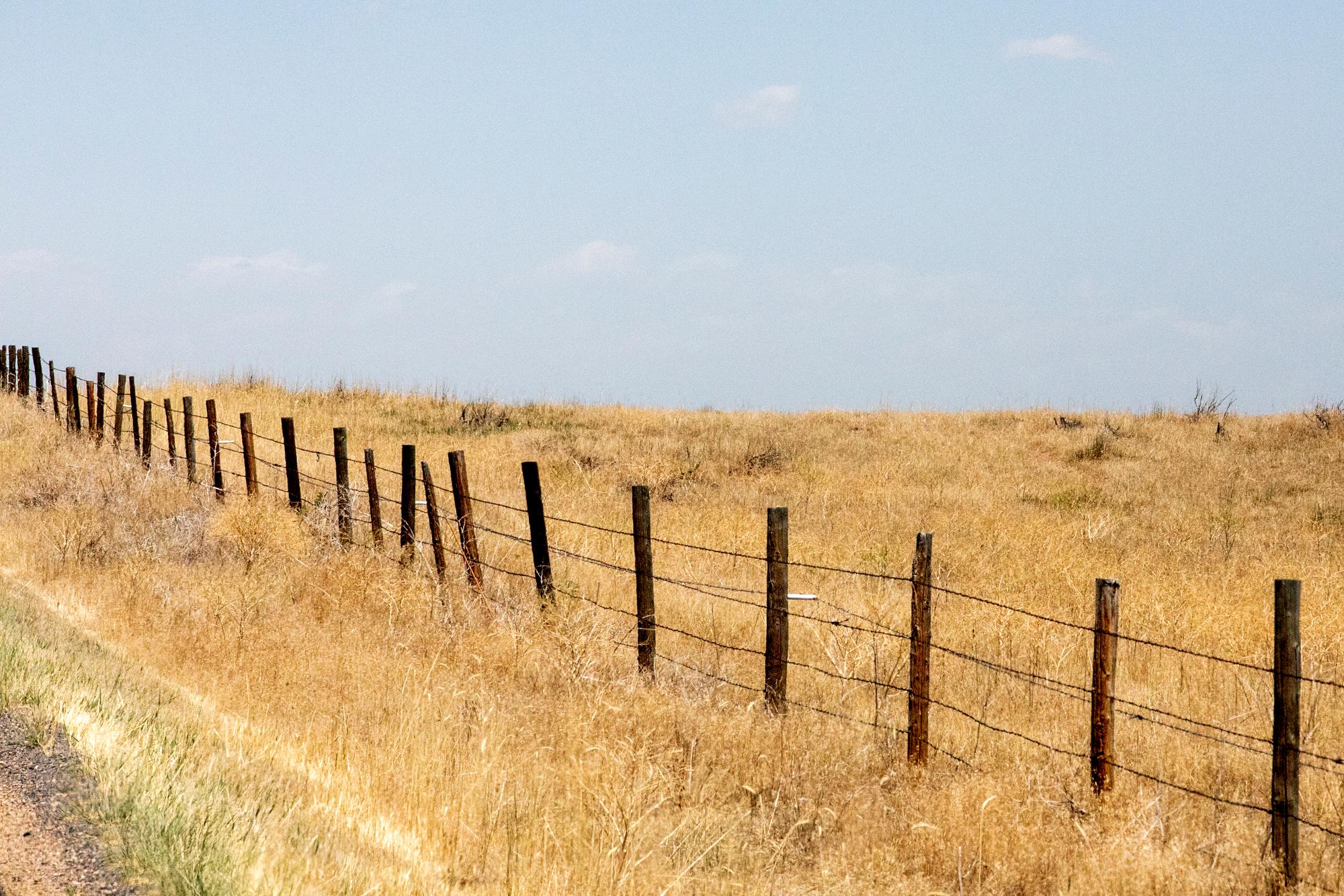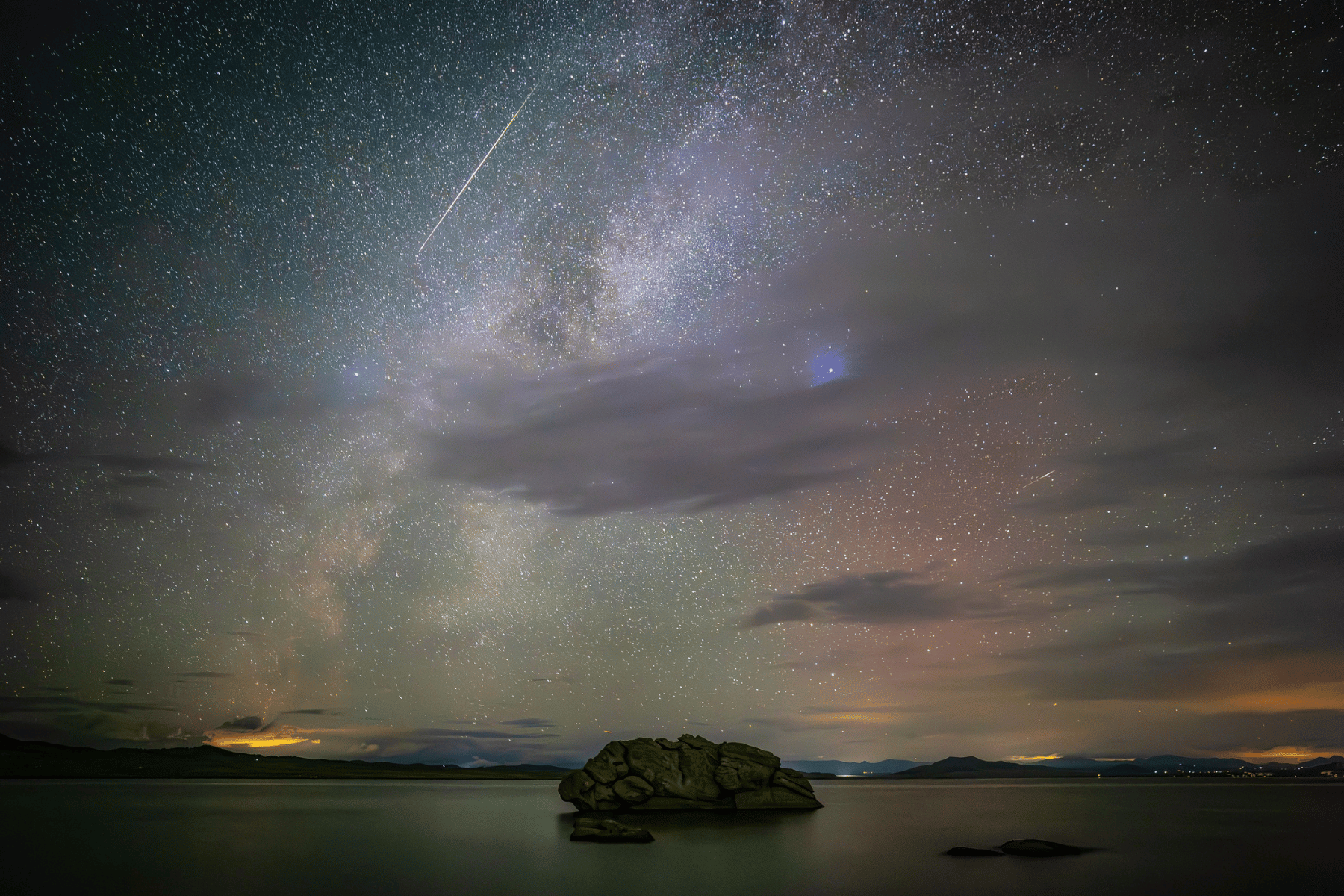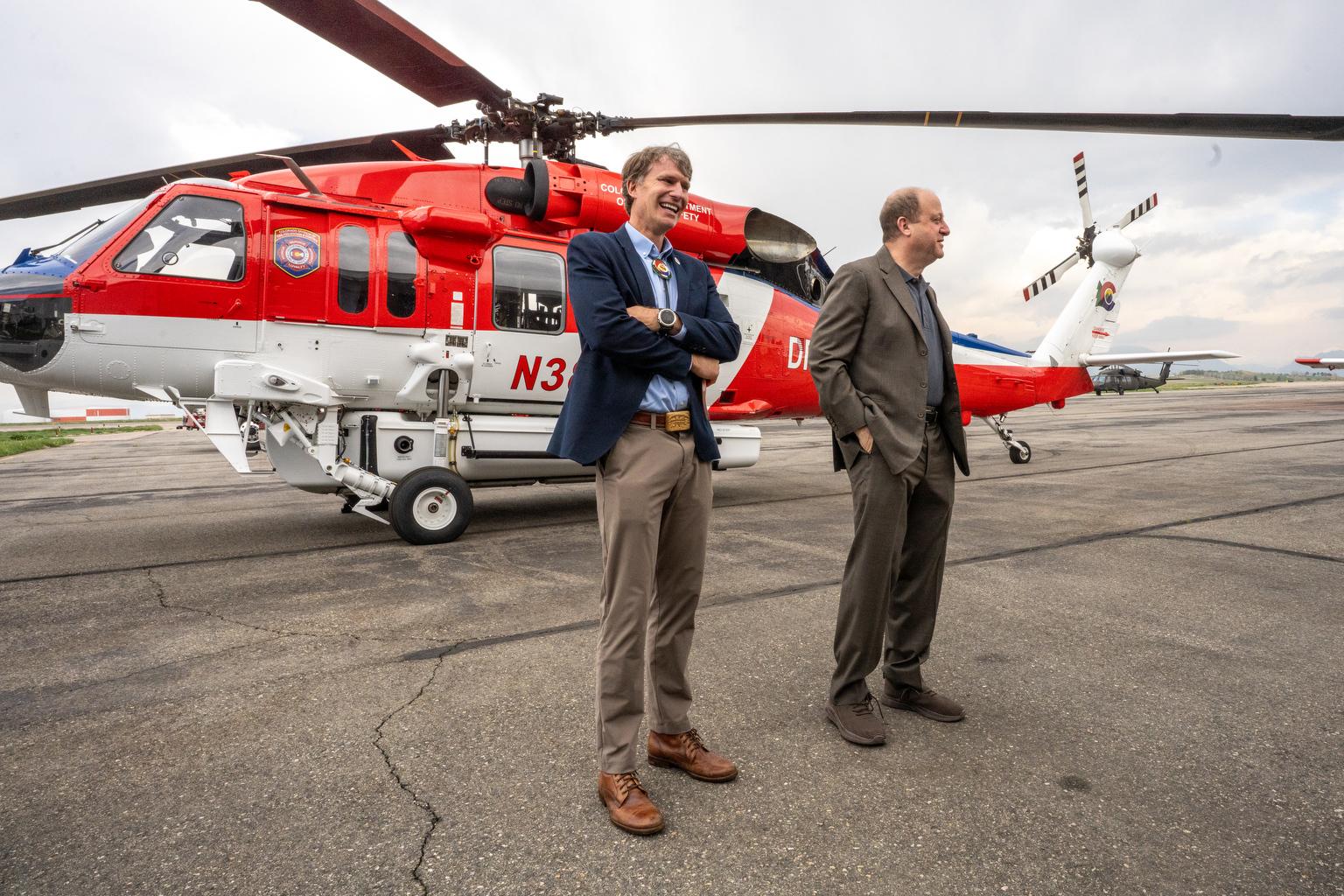
Gov. Jared Polis and state officials in charge of Colorado’s wildfire management said on Thursday they’re expecting a “normal” fire season this year – which still translates to roughly 6,000 wildfires statewide.
“I want to be cautious by what I mean by normal,” said Stan Hilkey, executive director of the state’s Department of Public Safety. “We expect to have fires this year. Some will get big, and we’re gonna be busy. That’s what normal looks like for Colorado.”
While officials said fire risk this summer across most of the state would be average, there are likely to be hotspots. Las Animas and Baca counties in southeast Colorado face heightened risk from now through May, because drier conditions are primed for ignition from wind-driven storms.
As temperatures climb and drought conditions continue in June, the state expects fire potential to spike in southwest Colorado and the San Luis Valley. But the state expects monsoon rains to temper overall risk by July, so fire conditions across the state are likely to return to normal.
Most of the state’s fire activity will be driven by high winds, according to Hilkey. But much of the state’s fire will likely be caused by human activities, not lightning strikes, he said.
“ On average, across the country, human caused wildfires make up 90 percent of all wildfire occurrences every year,” Hilkey said. “Most of these fires can be prevented.”
Recent federal cuts by the Trump administration have impacted employees at the U.S. Forest Service and the Bureau of Land Management, which have a large presence in the Rocky Mountains and employ hundreds of firefighters.
Troy Heithecker, who leads the Forest Service for the Rocky Mountain Region, said the department currently has 560 firefighters — and hopes to hire another 220. He said fire and law enforcement staff have been exempt from staff cuts.
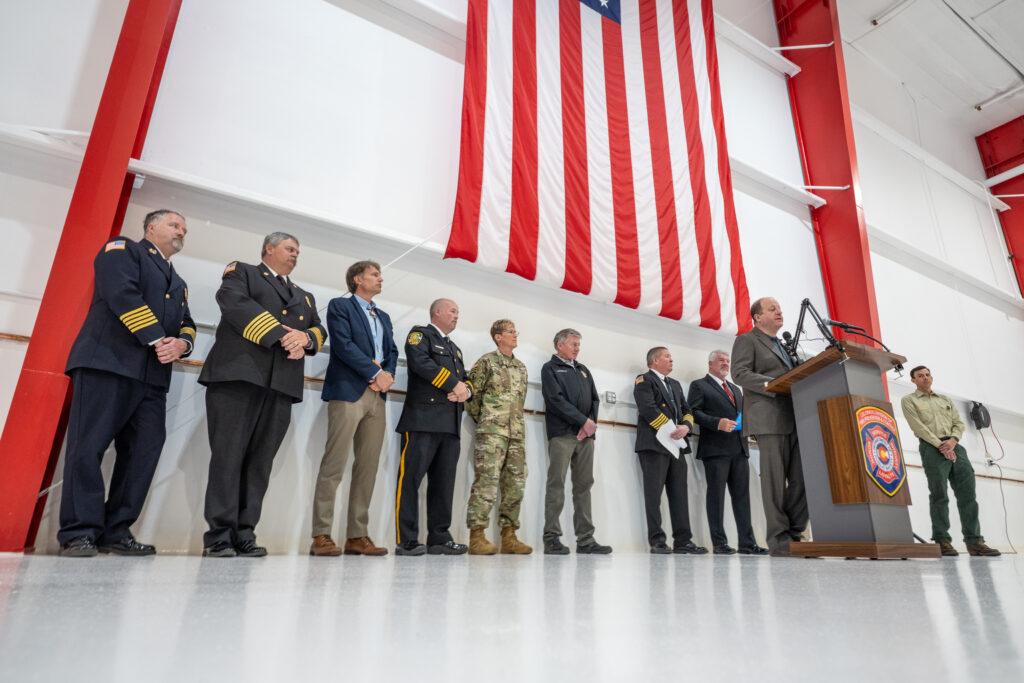
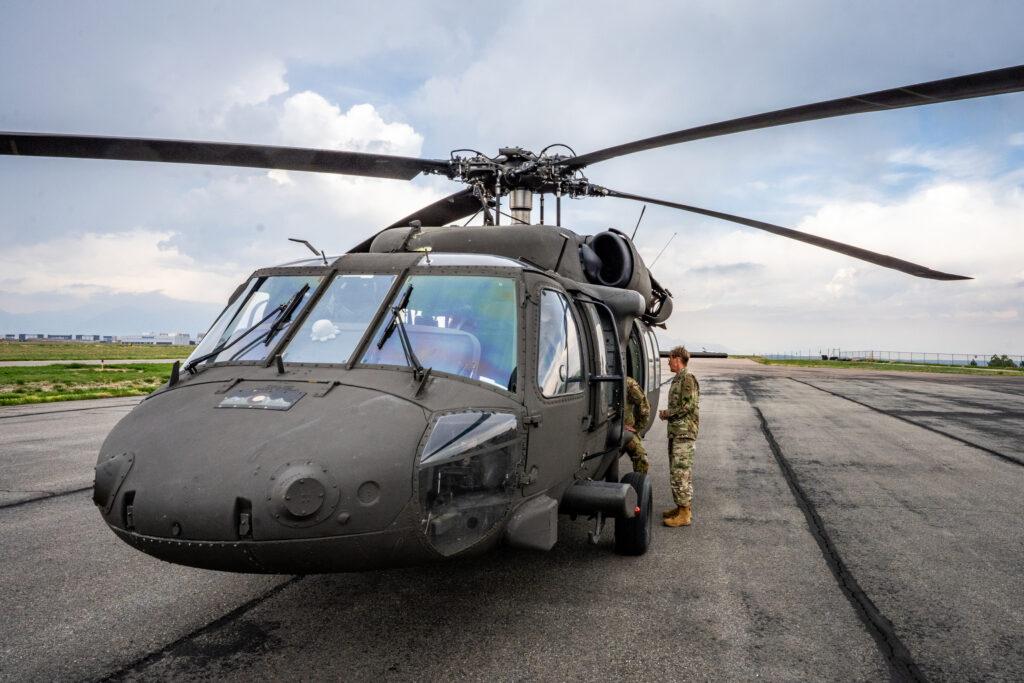
The Trump administration, however, has recently moved to slash the Forest Service’s workforce by 10 percent. Many of those workers — up to 75 percent of them across the service — are also trained to fight wildfires. In addition, the Trump administration this week moved to lay off all wildfire investigators at the Department of Health and Human Services who examine wildfire firefighter deaths.
“The federal cuts to wildfire services are troubling, and we continue to urge the administration to remain at the table with states,” Polis said in a press release after the event.
Doug Vilsack, the Colorado state director for the BLM, said officials were “confident” in their firefighting capability for the summer, and are currently employing an average number of seasonal firefighters. But, he said other programs related to firefighting have been affected.
Gov. Polis said ancillary programs, like federal employees who ticket for illegal fires have been subject to staff cuts.
Mike Morgan, director of the state’s Division of Fire Prevention and Control, stressed that the bulk of boots on the ground work for wildland fires comes from local departments, not necessarily federal agencies.
Gov. Polis said the state also depends on around 500 AmeriCorps volunteers to help with fire mitigation and suppression work, which includes clearing brush — fuel for wildfires — and removing trees. Mitigation is often an essential, and laborious, part of tamping down fire risk.
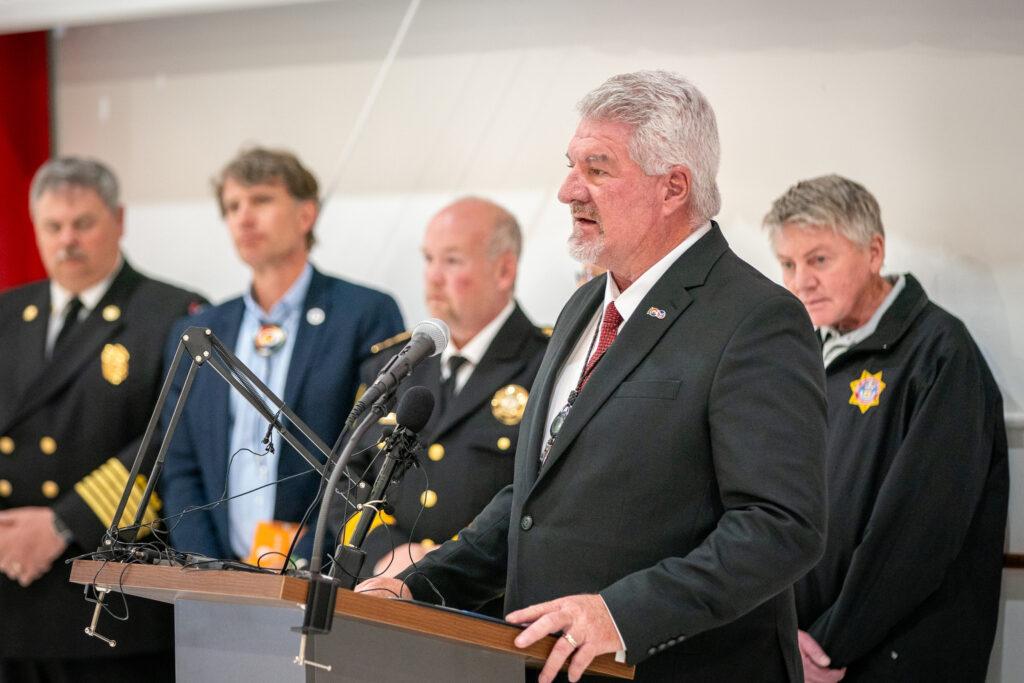
Gov. Polis said the state wasn’t sure about the status of the program, but as of Thursday the AmeriCorps volunteers were ready to be deployed. This week, AmeriCorps volunteers in several states were sent packing after cost-cutting efforts, CPR News reported.
“They do a tremendous amount of work around the state to help our communities become more resilient,” said Dan Gibbs, executive director of the state’s Department of Natural Resources.
In a cavernous warehouse in Broomfield and flanked by state and federal officials, Polis on Thursday touted efforts to reduce risk throughout the entire year and develop in-state resources to combat growing blazes.
He said the state made “historic” investments in purchasing helicopters, contracting large air tankers to be used to fight blazes and created a statewide dispatch system for first responders. In 2022, the governor also signed an executive order enabling state employees who serve as volunteer firefighters or first responders to get up to five days of paid leave from their state positions
The equipment and other initiatives are part of an effort to prepare the state for wildfires all year long, not just during a “typical” fire season of four months.
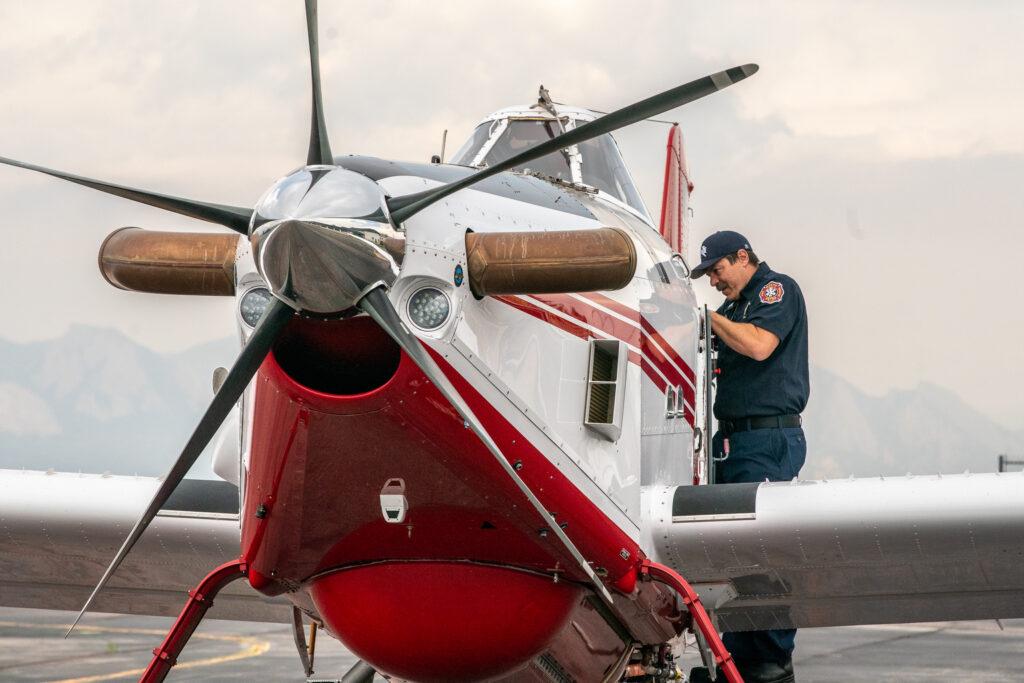
“We have a fire year,” Morgan said. “We’ve had major fires and disasters in every month of the year in Colorado, and we can’t afford to let our guard down.”
The state’s fire outlook spans from April to the end of July, with peak fire season from June to August. Forecasting further out than four months is less accurate, according to Morgan.
Morgan also said that Colorado may be the only state to have negotiated a “closest available resource strategy” with the federal government. That means that first responders have access to the closest available equipment, like helicopters or tankers, no matter who owns it. Morgan said the state works out the billing afterwards, so fire officers are making early decisions on need, and not on costs.
Funding for public media is at stake. Stand up and support what you value today.

